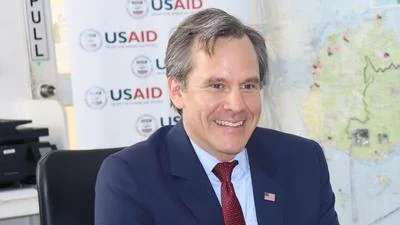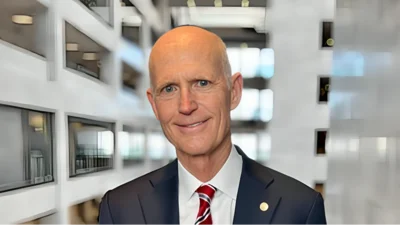Data from the State and Local Fiscal Recovery Funds through March 31, which was released by the U.S. Department of the Treasury on July 14, shows that governments have used this American Rescue Plan funding not only to avoid service cuts and address the pandemic's immediate health and economic effects. The funds also were used to make critical long-term investments that will strengthen their economies and communities.
“SLFRF and other American Rescue Plan programs also catalyzed investments in community development that will extend well beyond the deployment of federal resources, and laid the foundation for other historic investments in our nation’s economic future, such as the Bipartisan Infrastructure Law, CHIPS and Science Act, and Inflation Reduction Act." Deputy Secretary of the Treasury Wally Adeyemo said, according to a press release.
The State and Local Fiscal Recovery Funds, approved under the American Rescue Plan, provide state, local, territorial, and tribal governments around the nation with $350 billion in direct assistance to help both short-term pandemic recovery and long-term economic growth, according to the release. Nearly all state, municipal, tribal, and territory governments in the nation now have access to more than 99.99% of the SLFRF funding, which helps over 90,000 initiatives to maintain and improve current services as well as start new programs and projects.
Communities around the nation have allocated funds totaling $17 billion for approximately 2,500 initiatives to address housing needs and end homelessness, the release reported, with $26.5 billion for more than 9,600 important broadband, water, and sewer projects. More than 5,800 initiatives totaling $12.7 billion will help with public health issues. Nearly 4,000 programs aimed at workforce development and job training will get $11.8 billion. Over 1,300 small business assistance programs will get $4.6 billion. The Treasury Department has issued guidance to encourage jurisdictions to take into account using their funds to support the development and preservation of affordable housing as well as to supplement other ARP programs like the Emergency Rental Assistance program and the Homeowners Assistance Fund. This is because the Treasury Department recognizes that housing investments are particularly crucial for future economic prosperity.
The Department increased recipients' ability to use their cash to invest in long-term housing projects last year to boost investment in affordable housing. Since then, housing-related spending has increased, according to the release. Funds budgeted for housing stability, preservation, and construction increased by 29% when compared to figures from July 2022. Additionally, the Treasury Department has urged recipients to give funding for sustaining and growing the workforce top priority. Support for childcare is a part of this, allowing more parents to join and stay in the labor. Communities have boosted their SLFRF allocations for workforce-related initiatives by 9% since January 2023, totaling close to $12 billion.





